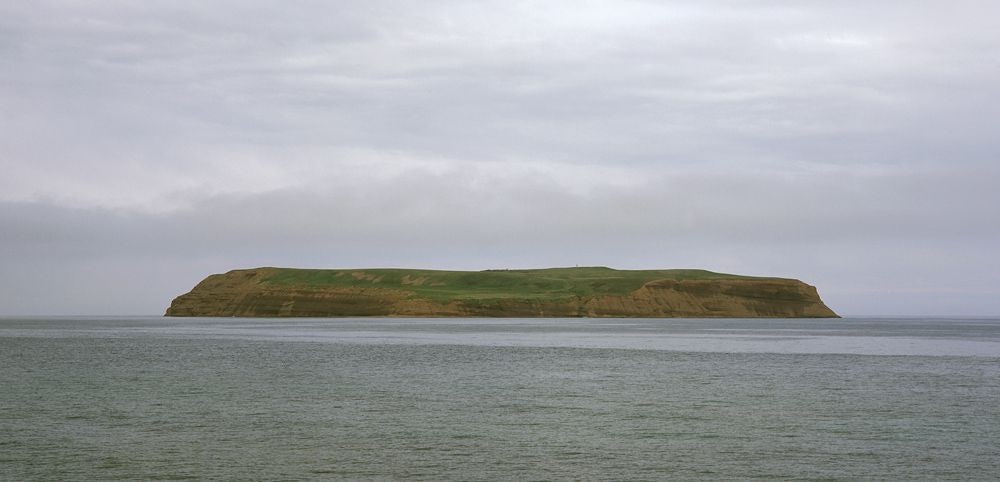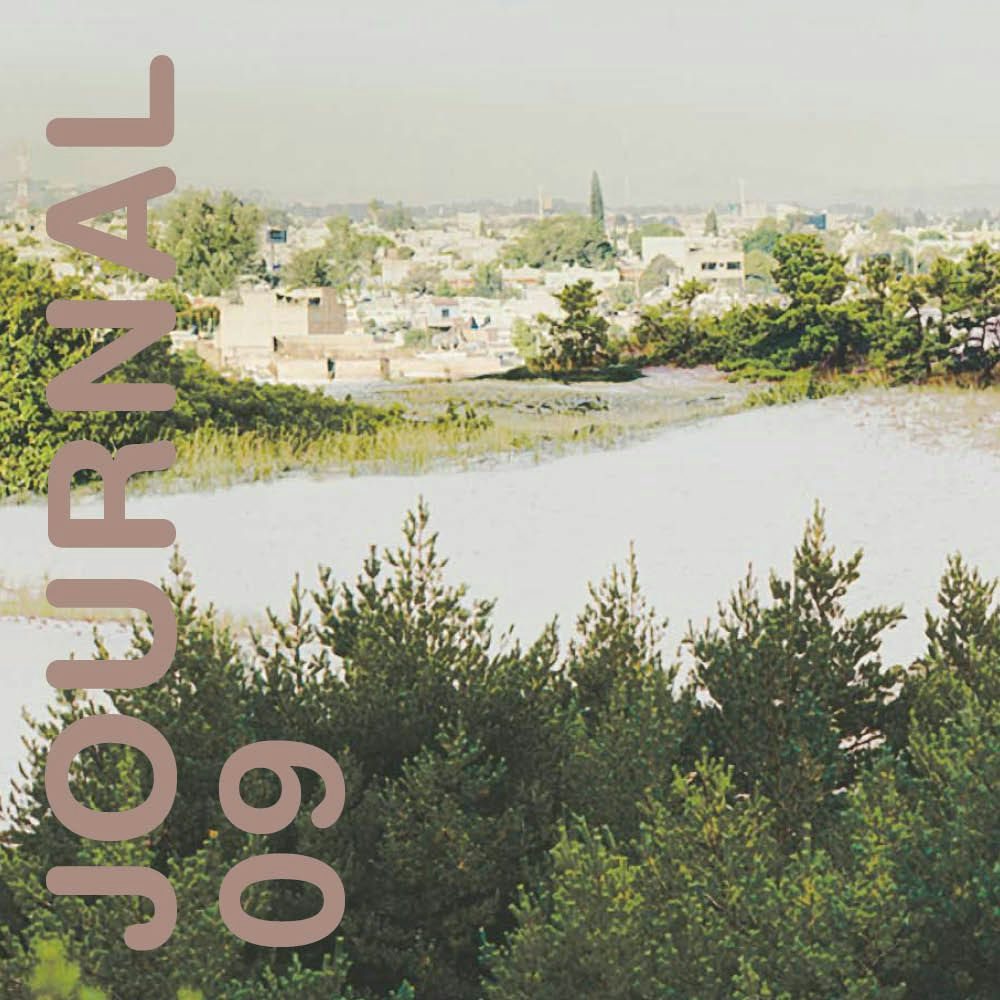
Awakening
2004.05.10 - 07.10
MARIE FRASER
Today, can the image still awaken us to something that is not already in the world, something that is not already constituted in images? Can it still dazzle us? Can it still make us imagine and perceive reality in another way? What place does it give to consciousness? Inspired by the critical reflections of Eduardo Cadava in Words of Light: Theses on the Photography of History, on the German philosopher Walter Benjamin’s concept of photography and memory, this exhibition addresses the image in relation to the process of awakening, as a moment of apparition and unveiling. Evanescent, fluid, and fleeting, awakening is an intermediary state between sleep and consciousness. It is the unique moment in which dreams dissolve into reality and lucidity. The works presented here, in photographs, video, and film, all have this quality of apparition. Although they are very different, these images, emerging from uncertain or unconscious spaces, all seem to spring out of nowhere.
To film, photograph, and record the delicate instant that metaphorically conveys the moment of awakening might seem a true tour de force. Its transitory nature, involving particular attention to movement and its inscription in time, invites those sensitive to it not only to playful and poetic discoveries but also to formal explorations that change our habits and perceptions and our ways of understanding reality. Thus, the camera moves very slowly, the luminous atmospheres are of a powerful and disturbing intensity, the subtle transformations sometimes border on blindness, complex constructions of images topple reality, and visual effects suddenly transport us from a temporal and narrative register to a different one.

By questioning the properties of cinema, Mark Lewis’s films have always had a special quality. While we require cinematographic images to do something – to catch us up in the heart of the action – Lewis lets them simply appear. In the two films shot in Algonquin Park, Algonquin Park, September and Algonquin Park, Early March, the image unveils the setting in an extremely slow movement. As during a slow awakening, the atmospheric qualities of the landscape – an autumn mist and a pure bright winter light – confer upon the image a somnolence that recalls the sublime effects of romantic painting1. Passing from abstract to figurative like an apparition, nature gradually awakens before our eyes until its sublime dimension fades into a more tangible and concrete presence. The image borrows its fluidity from nature. Lewis has finely expressed, in cinematographic language, the extremely evanescent and ephemeral conditions of the image’s moments of blossoming and fading.
It is well known that the strength of the image can awaken the consciousness to greater lucidity while simultaneously as it can, paradoxically, manipulate or blind it. If we look closely, Isabelle Hayeur’s digital images invite us to observe the “landscape” dimension of the world with a foreign sentiment that places us on the lookout for modern and contemporary industrial developments. Each of her panoramic views presents a falsely idyllic landscape, a sort of reconstructed paradise with a disenchanted, and disquieting, element. The digital composition allows for a sophisticated structure in which incoherent places cross over and meet each other through almost imperceptible visual links. But the atmosphere, both familiar and foreign, that floats above the surface reveals the inhuman, artificial aspects of the sites, and the loss of their natural properties. Surveying the landscapes to decipher the smallest details, the eye perceives the ruins and remains on the edges of zones where civilizations have built dreams and utopias.
Awakening is also an opening to memories and unconscious processes where images are encrusted, that at any moment, threaten to emerge and reappear. With Aqtuqsi (My Nightmare), one of her first narrative videos, Mary Kunuk presents a nightmare that terrified her in her sleep when she was eleven or twelve years old. We have all encountered the resistance of a dream to let itself be told. Borne by emotion or sensation, oniric images lose their preciseness at the moment we awake, and when we try to express or recount them, we are inevitably faced with forgetfulness and the difficult task of re-remembering. To illustrate her dream, Kunuk has played on different qualities and textures. We travel from one place and time to another, from thought to reality, while the image itself changes visual and narrative register, from documentary to fiction, from black and white to colour, from video to computer animation. These passages are also marked by rhythmic changes that affect how the image and sound unfold. Fluctuating and discontinuous, like memory flashes, the movement varies in parallel to the staccato rhythm of an Inuit song, which, off-screen, recounts the young girl’s nightmare.
The exhibition Fabulation, which will be presented from August 28th to October 16th, will address another particularity of contemporary images through the inverse movement of the awakening process, not from the viewpoint of apparition but from that of transfiguration..